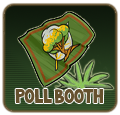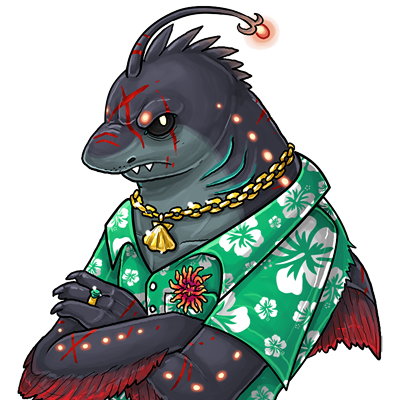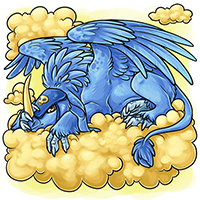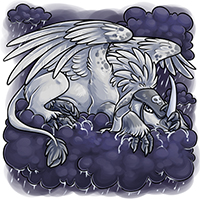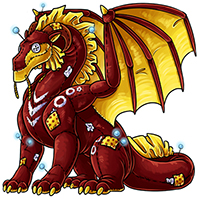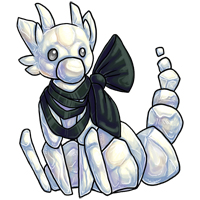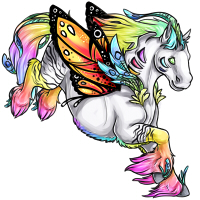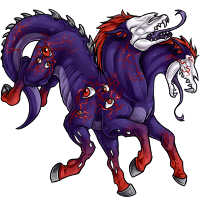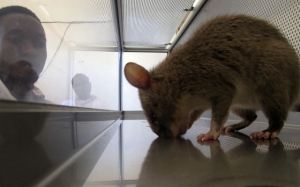
Aurelius is now sniffing tuberculosis (TB) samples for the first time! Aurelius goes for training sessions twice each day, working in a square Plexiglas cage with a single open hole in the floor containing a TB-positive sputum sample underneath it. The sputum samples are collected from hospitals in Tanzania for further evaluation at APOPO but are immediately heat-inactivated so they are no longer contagious, making it safe for the humans and rats.
Aurelius is curious so he spent some time on the first couple days of training exploring the cage and learning to approach the hole containing the sputum sample, pausing for five seconds. The pausing tells the trainer that Aurelius smells TB, which is an important first step in learning to identify the odor. To teach him to do this, the trainer uses the click to signal a correct response and let Aurelius know that he has earned a reward. Aurelius’s trainer sets targets based on Aurelius’s current performance – as he learns to get closer to the hole, the trainer waits until Aurelius gets even closer before clicking the next time. In scientific terms, this process is called “shaping,” meaning that a new skill is taught by breaking up the task into small, easy to learn steps, much like how you learned to tie your shoe.
After learning to put his nose in the hole, Aurelius learns to pause over the TB sample for progressively longer periods of time before being rewarded. As soon as Aurelius learns to consistently pause over the TB sample for five seconds, he will be ready for the next stage of training!
~~~~~~~~~
Pandoria has been busy too!
She just sniffed out its first deactivated landmine!
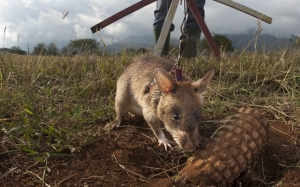
The landmine that Pandoria detected is an “anti-personnel” type, and is only the first of many, many more that she will help APOPO’s mine action teams detect in the years to come. And because the mine contained TNT, Pandoria needed almost no additional training to be able to correctly identify it. Starting at this stage of training, Pandoria will work in areas of APOPO’s training field that contain some partially exposed and some completely buried, deactivated landmines.
There are many different types of landmines that endanger civilian populations around the world. Some are “anti-personnel” and some are “anti-vehicle,” but nearly all of them contain the explosive compound, TNT. Anti-personnel landmines pose a direct threat to human and animal life in dozens of countries and are specifically manufactured to target people. The anti-vehicle mines are used primarily during wartime to prevent the trucks and tanks of the conflicting groups from entering an area.
Manufacturers of landmines use TNT because it is stable, even in moist environments, meaning that the landmines can remain active in the soil for many decades, a hidden threat to anyone who passes by or wants to develop the land. Once through with the full training, Pandoria and the other rats in its team will be able to detect not just mines, but also other explosive remnants of war such as bombs and small arms and ammunition.
That was a long read, but so much great information on the program and the training that our litte ratties are receiving and the work that they will be doing to help make entire communities safer!
Three cheers for our Hero Rats!

~Mistic Team




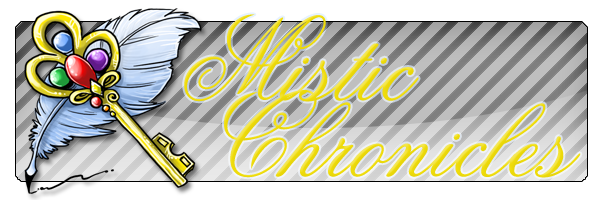







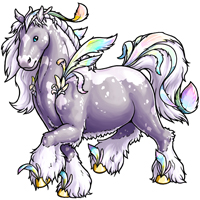














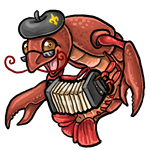
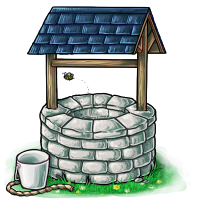









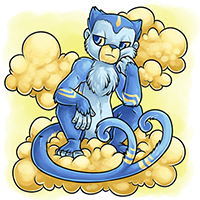
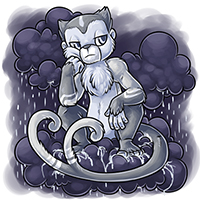 "
"




















